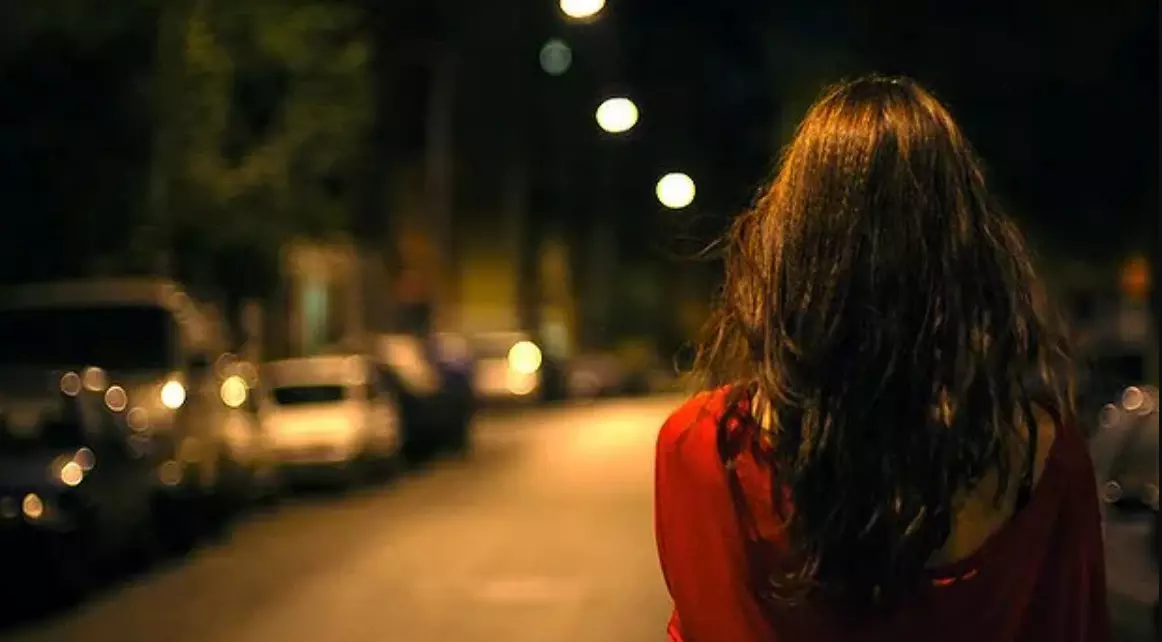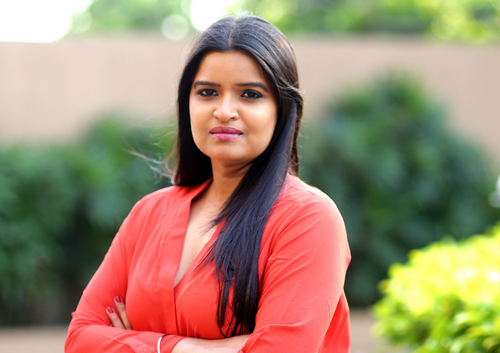Safety First
A recent study unveils a known reality — women still feel unsafe in most Indian cities. When do we finally change this?

Do you know what is a sure shot indicator of a safe city? Streetlights. Well-lit public spaces are the simplest and yet most functional solution to the problem of unsafety. Because here’s an uncomfortable truth — women in India still feel unsafe. When we walk on the roads, take the bus, or frankly, do anything that our male counterparts do — we can’t shake off a feeling of unease. Ask any woman — sometimes, there’s often no single reason that makes us feel scared or filled with trepidation — you just do. This gnawing sensation vanishes when we travel overseas, it lessens in some Indian cities, and quickens in others. It’s the ugliest elephant in the room and though sometimes we write, rave, and rant about it, actual change is grossly missing. In fact, it’s a reverse trend for some Indian cities that are getting more treacherous for women than earlier.
The recently released ‘National Annual Report and Index on Women’s Safety (NARI) 2025’ shares some disconcerting findings. 40 per cent of women felt ‘not so safe’ or ‘unsafe’ in their city. And though 6 out of 10 women felt safe, there were various disclaimers attached to it. For instance, 86 per cent felt safe in educational institutes during the day but the scenario changes soon after sunset. Though 91 per cent felt secure at work, almost half were unsure if their workplaces had POSH (Prevention of Sexual Harassment) policies. And then it gets truly murky. For example, only one in three women report harassment with 7 per cent being harassed in public places; the numbers increased to 14 per cent for women under 24 years of age. Neighbourhoods (38 per cent) and public transport (29 per cent) are the most common hunting grounds of sexual deviants. The NARI study notes that two-thirds of incidents go unreported; something that the National Crime Records Bureau (NCRB) must note during its annual survey. The lack of ease of reporting harassment and general paucity of trust in the administration may be leading to the dismal numbers because a measly one in four women trust in the authorities handling complaints properly.
The north-east is leading in women’s safety while the nation’s capital, Delhi, is once again labelled as notorious for women’s unsafety. As per NARI 2025, Kohima, Visakhapatnam, Bhubaneswar, Aizawl, Gangtok, Itanagar, and Mumbai are the safest for women while Patna, Jaipur, Faridabad, Delhi, Kolkata, Srinagar, and Ranchi are least safe. The cities that are safest continuously showcase a more egalitarian society. The safest cities need not necessarily be the most economically wealthy but they are rich in gender equity and have an enhanced participation of women in public spaces as witnessed in Kohima or Bhubaneswar. A vibrant city life even after hours, as in the case of maximum city - Mumbai, also ensures that women generally feel safer. Reliable public transport along with more police vans and women police officers translates to more women in the public arena. Less women in public spaces at night like in cities such as Patna and Jaipur perpetuates the cycle that women must rush home earlier than Cinderella. A stubborn patriarchy governs these unsafe cities, always compelling women to toe the line while refusing to support women’s agency. A grim fact also remains that even the national capital is dangerous for women while erstwhile bastions of safety such as Kolkata, are fast-losing their hold on safety. And if women can feel vulnerable in academic spaces, public transport, or even recreational grounds, what freedom are we giving to one half of the Indian population? Aren’t women then still in shackles, albeit well-dressed ones?
These numbers may come as a shock to many men but most women already know this because it’s their lived experience. Feeling groped on the bus or catcalled on the road is their daily experience. Relinquishing freedom of expression to opt for conservative clothing is our usual sacrifice. Being made to feel dependent on male members for protection is a mix of conditioning and lack of choice. As women, we have to think and plan our travel should it be in the wee hours of the day. We have to be hypervigilant all the time because remember that one time someone had their guards down and something horrific happened? It’s a constant and continuous cycle of remaining alert and switched on; of letting go of opportunities because of late hours; of deciding in advance and resigning to one’s fate of restrictive and curfewed living.
With a national safety score of 65 per cent, we must accept that in the development race, women are again being left behind. Sure, we have metro railways, flyovers, six-lane highways, and sky-touching high-rises. But how accessible are they to women and at what specific hours? Should we storm public spaces and reclaim them? Yes. Should we also stop having to fight everyday for things that men take for granted? Also, yes. Greater policing of public spaces, more women security personnel and administrative decision-makers, effective usage of CCTVs (closed circuit televisions), proactive handling of harassment cases, and speedy justice to perpetrators would alleviate our struggle. Because believe it or not, there is an underlying fear that every woman grapples with in India, and that’s no way to live in the run-up to Viksit Bharat.
The writer is an author and media entrepreneur. Views expressed are personal



